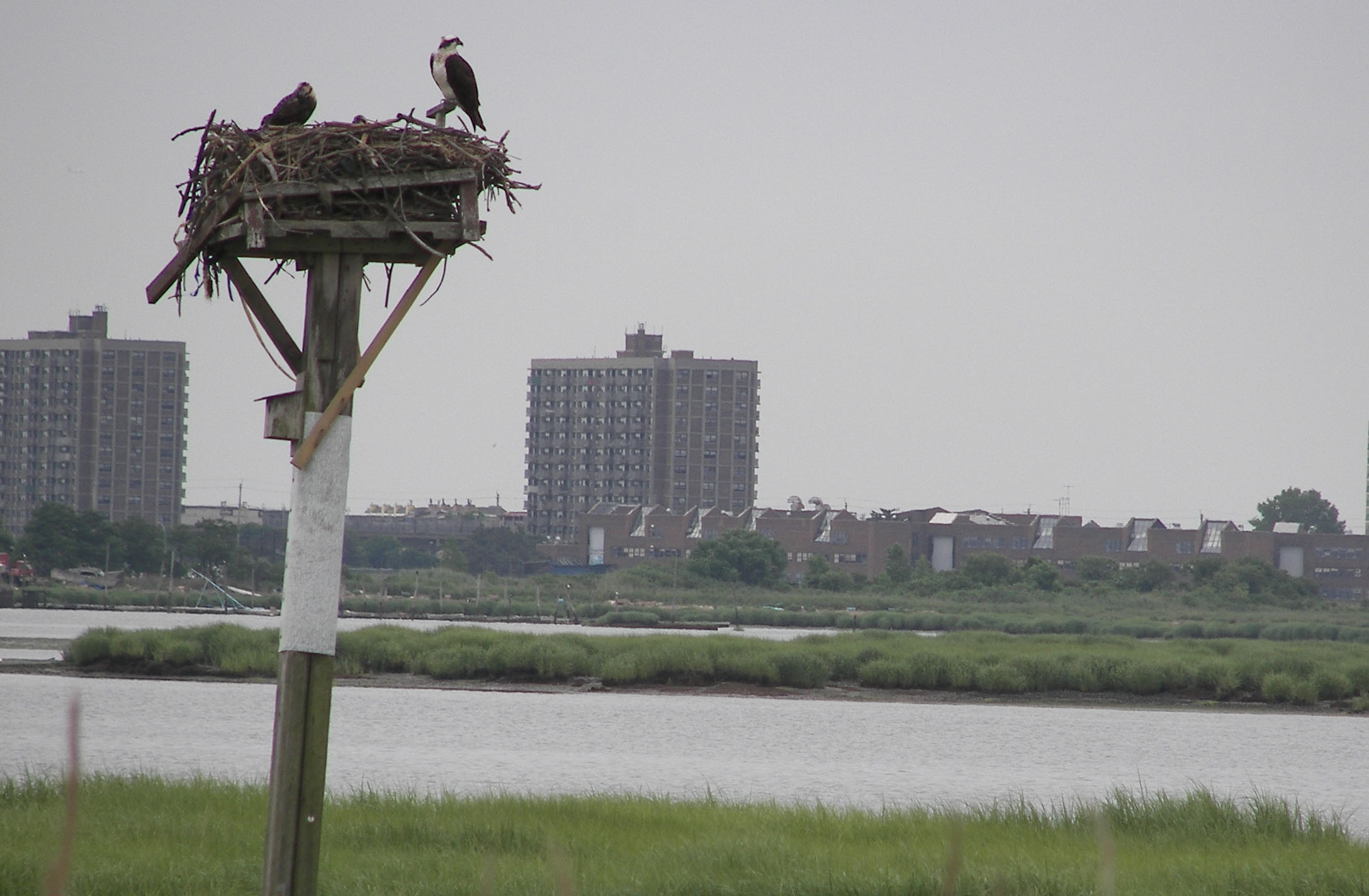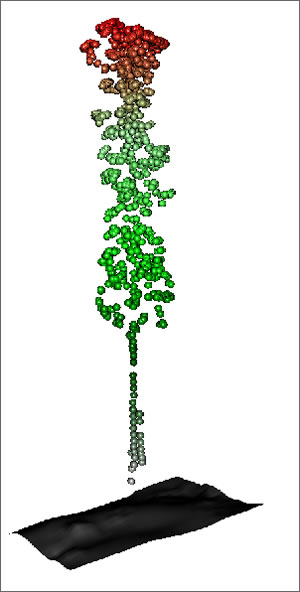It's about time.
The city put out a press release today with some vague details on the new Jamaica Bay water quality improvement plan. While this is a step in the right direction I know I personally would have liked to see more details in the plan. However there is a substantial amount of money being moved into Jamaica Bay wetland restoration which as an avid birder always gets a thumbs up.
The release ran with this opening statement:
"Today marks a new beginning for Jamaica Bay - an amazing recreational and economic resource for New Yorkers," said Lawrence Levine, staff attorney for the NRDC. "The city has committed to address the biggest source of pollution that has plagued Jamaica Bay for decades. We look forward to continuing to work with Mayor Bloomberg and Commissioner Holloway to turn today's historic commitments into reality."
Thursday, February 25, 2010
Friday, February 19, 2010
Welcome to the Jungle
ESRI is a big fan of hammering you with updates about their GIS products as well as updates about the GIS community around the globe. Luckily for me a lot of their publications have environmental undertones which make them less like spam and more like...something useful. In their most recent issue of ArcWatch, I came across a very interesting article about using Lidar technology to map forests; and I don't mean where the forests are, but actually where individual plants are and how big they are.
Lidar stands for Light Detection And Ranging. Without getting into anything too technical, it basically uses pulses of light in the form of lasers to determine the distance to something. This technology has been used a lot to perform remote surveys of large areas to determine elevations and slopes of a landscape. Researchers from Forestry Tasmania have adapted the technology to measure the height of trees and to some degree the amount of foliage that tree has.
Suffice it to say that it is pretty awesome. Especially when you start seeing images of more than 1 plant at a time, you can tell very quickly that this technology will be able to measure a forest's vegetative cover to some extent. Forest managers are already drooling over the prospects.
Check out more details at the ArcWatch article here.
Lidar stands for Light Detection And Ranging. Without getting into anything too technical, it basically uses pulses of light in the form of lasers to determine the distance to something. This technology has been used a lot to perform remote surveys of large areas to determine elevations and slopes of a landscape. Researchers from Forestry Tasmania have adapted the technology to measure the height of trees and to some degree the amount of foliage that tree has.
Suffice it to say that it is pretty awesome. Especially when you start seeing images of more than 1 plant at a time, you can tell very quickly that this technology will be able to measure a forest's vegetative cover to some extent. Forest managers are already drooling over the prospects.
Check out more details at the ArcWatch article here.
Friday, February 12, 2010
Plastic
The last few days, some of us have been discussing the consequences of plastic bags and waste in general. I'm reading The World Without Us by Alan Weisman right now, and was terrified by his text on the pervasiveness of plastics -- that as plastics break down, they become available for consumption by smaller and smaller organisms, and therefore will eventually find their way through the entire food chain.
The blog at GOOD offers this list of ways to reduce plastic waste: http://www.good.is/post/our-10-favorite-innovations-for-reducing-plastic-consumer-waste/.
I'm most interested by the London store Unpackaged (http://beunpackaged.com), which sells all (most?) products sans packaging -- customers bring their own reusable containers. (Image from GOOD's post on Unpackaged.)
The blog at GOOD offers this list of ways to reduce plastic waste: http://www.good.is/post/our-10-favorite-innovations-for-reducing-plastic-consumer-waste/.
I'm most interested by the London store Unpackaged (http://beunpackaged.com), which sells all (most?) products sans packaging -- customers bring their own reusable containers. (Image from GOOD's post on Unpackaged.)
Tuesday, February 2, 2010
Turns Office Paper Into Toilet Paper?!
Came across this cool machine that takes paper in and gives you toilet paper. This is recycling in front of you eyes. I believe that one day( I hope soon) every house will have one of those, like water filter system...
Check out the link... Happy recycling!
Check out the link... Happy recycling!
Subscribe to:
Posts (Atom)







